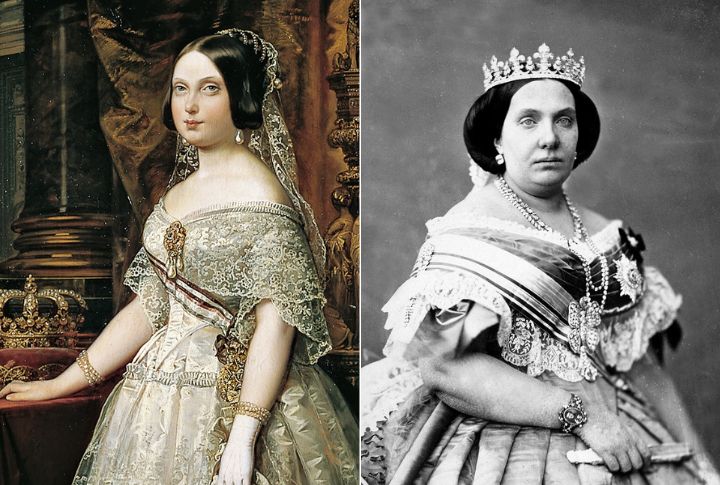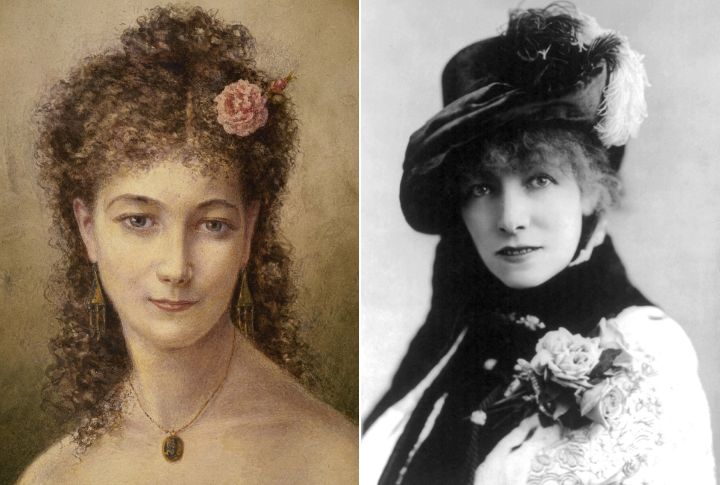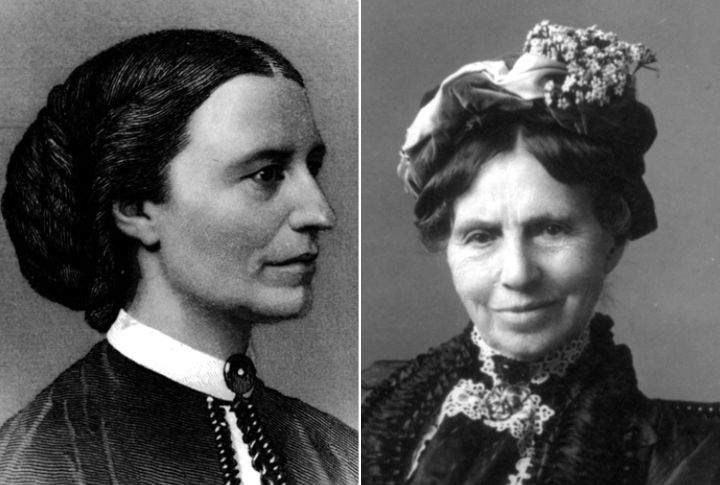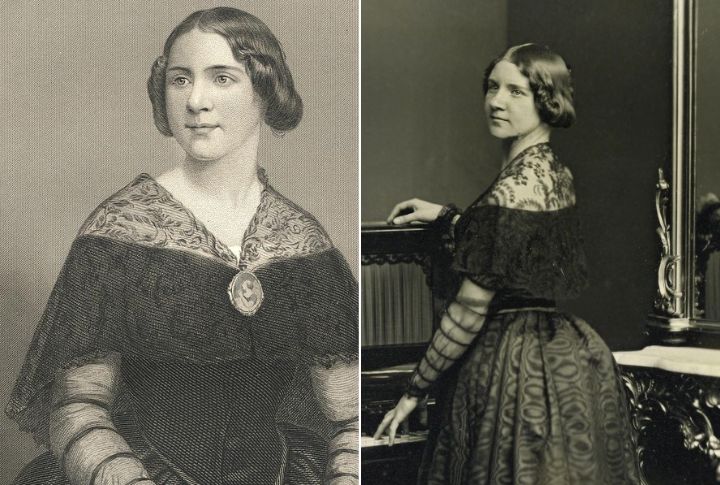
Long before social media curated personas, portraits served the same purpose. When photography arrived, it exposed what art once idealized. These pioneering women stood at the crossroads of perception and reality, which reveals how image-making shaped not just how they were seen, but how they were remembered. Keep scrolling to see how these legendary women truly looked beyond the canvas.
Queen Victoria

Behind the crown and grandeur, Queen Victoria had a complicated relationship with her own image. Early photographs by William Edward Kilburn in the 1850s revealed a version she deemed “horrid.” Yet, instead of rejecting photography, she mastered it—crafting a dual persona of imperial power and relatable family warmth alongside Prince Albert.
Florence Nightingale

Florence Nightingale’s portraits painted her as the angelic “Lady with the Lamp,” but her photos spoke of grit. Those sharp eyes and firm jawline revealed a mind consumed by purpose. Though she disliked the spotlight, her image became immortal for her revolution in healthcare.
Harriet Beecher Stowe

Paintings softened Harriet Beecher Stowe’s image—graceful, composed, almost serene. But photographs told a different story: a woman marked by purpose, her gaze heavy with conviction. Her face didn’t just reflect thought—it carried the moral weight of a writer who reshaped history.
Isabella II Of Spain

Despite ascending the throne at a tender age of three, Isabella II’s reign was marked by political instability and multiple uprisings. Painted portraits from her reign idealized her, depicting her with grace and poise. Yet, photographs show her as a strong woman with a rounder face.
Sarah Bernhardt

Sarah Bernhardt dazzled both the stage and the canvas, yet the camera revealed something the paint could not—her wit. Stripped of theatrical flourish, her photos show a woman alive with intelligence and humor. “The Divine Sarah” knew performance was her armor, but behind it stood a sharp, self-made artist.
Clara Barton

Clara Barton’s portraits project poise and composure, but her photos tell a different tale of a woman shaped by battlefields. Her determined gaze mirrored her grit as the founder of the American Red Cross. She earned her title, “Angel of the Battlefield,” through action.
Ada Lovelace

In portraits, Ada Lovelace appeared the perfect Victorian muse. Yet her photographs tell a subtler truth of a quietly revolutionary. The poet’s daughter turned numbers into poetry of her own to design algorithms that would power the machines of the future before anyone else imagined them.
Mary Todd Lincoln

As the First Lady of the United States during Abraham Lincoln’s presidency, she was known for her extravagant White House parties and fashion sense. Yet, her painted portraits, mostly misattributed or based on photographs, fail to capture the somber and aged woman seen in her verified photos.
Lola Montez

Lola Montez, a renowned dancer and courtesan, was immortalized in painted portraits as an exotic beauty, full of dramatic flair. However, photographs of the same woman present a stark contrast, which reveals sharper features and a stern expression. Montez was infamous for her scandalous “spider dance,” shocking audiences across Europe.
Jenny Lind

The “Swedish Nightingale,” Jenny Lind, was a 19th-century opera sensation, managed by P.T. Barnum on a highly attended U.S. tour. While her painted portraits showcased her as an ethereal, elegant figure, photographs and daguerreotypes revealed a more modest, plain woman.

